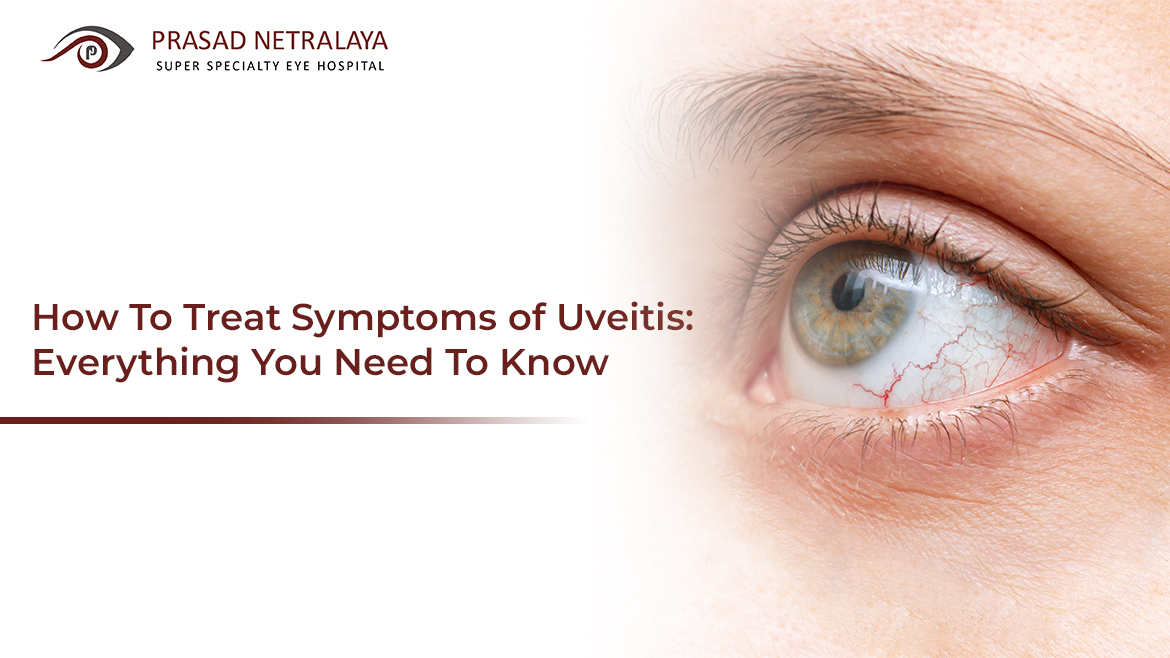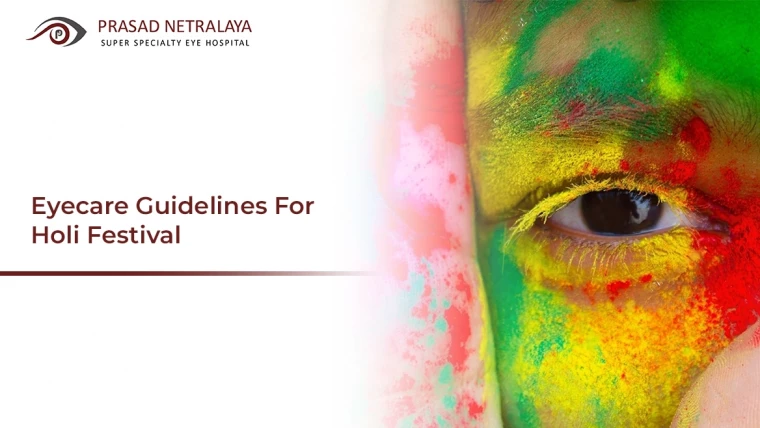The eye is a highly sensitive organ, which makes it susceptible to many issues. While many ailments can “catch your eye”, the ones we’ll focus on in this article are the symptoms of uveitis.
Uveitis can be brought on by an infection, accident, or autoimmune or inflammatory disorder. The reasons for uveitis are usually unknown.
In severe cases, uveitis can cause irreversible eyesight loss. So, it’s crucial to catch any problems early on to get the therapy you need to keep your eyesight intact.
Before we delve into the types, symptoms, and treatment for uveitis, let’s get started with some basics.
What Is the Uvea and What Is Uveitis?
The uvea is the middle layer of the eye, resting right beneath the white part of the eye. This layer serves various purposes, including focusing and light absorption.
Uveitis is a form of eye inflammation that affects the uvea. Its warning signs come in rapidly and get worse quickly. Some of the symptoms include eye pain, blurred vision, and eye redness. It can affect one or both eyes and people of all ages, including children.
If serious, uveitis can lead to permanent vision loss, so early diagnosis and treatment are vital.
Table of Contents
Different Types of Uveitis
Various forms of uveitis can affect different regions of the uvea. These are:
- Anterior Uveitis
- Intermediate Uveitis
- Posterior Uveitis
- Panuveitis
Anterior Uveitis
The most typical kind of uveitis is anterior uveitis. White blood cells and fibrin in the anterior chamber are used to diagnose iritis, an inflammation of the front eye. Medical professionals believe that iris inflammation is to blame.
Intermediate Uveitis
Vitreous and pars planitis are both types of intermediate uveitis. The vitreous cavity, a jelly-like component of the eye, can become inflamed (a condition known as vitreous). Pars planitis is the condition that results when intermediate uveitis has no identifiable trigger.
Posterior Uveitis
A posterior view is a view from the back of the eye. Retina and choroid inflammation characterizes posterior uveitis.
Panuveitis
Panuveitis is inflammation of the whole uvea. The lens, retina, optic nerve, and vitreous are all vulnerable to damage from this type of uveitis. It has the potential to bring about both impaired eyesight and total blindness.
Symptoms of Uveitis
Symptoms of uveitis include one or more of the following:
- Eye redness
- Sensitivity to light
- Vision distortion
- Ghostly black specks that seem to drift aimlessly in your eyesight (floaters)
- Reduced eyesight
While symptoms of uveitis might develop gradually, they can sometimes get worse immediately. There’s a chance it’ll mess with one or both of your eyes. Sometimes, uveitis shows up on a regular eye checkup with no prior warning.
A person with uveitis will have one of many subtypes identified by the inflamed ocular structure(s):
- The ciliary body and the space between the cornea and the iris are affected by anterior uveitis. Most cases of uveitis are caused by this condition, also known as iritis.
- The gel in the middle of the eye and the retina and blood vessels directly behind the lens (pars plana) are both impacted by intermediate uveitis (vitreous).
- Posterior uveitis causes retina or choroid inflammation in your eye.
- Panuveitis is an inflammation that affects the whole uvea, from the cornea to the retina.
When You Should See a Doctor
If you have any symptoms of uveitis, consult an eye doctor (ophthalmologist). Seek prompt medical assistance if you’re experiencing severe eye discomfort or sudden vision changes.
Reasons for Uveitis
About half of all cases of uveitis have undetermined causes; in these instances, the condition may be categorized as an autoimmune illness affecting just the eye(s). The following factors might be at play if a root cause can be isolated:
- An autoimmune or inflammatory disorder that affects other parts of the body, such as sarcoidosis and ankylosing spondylitis.
- Infections like syphilis, toxoplasmosis, TB, and the common cold.
- Adverse effects of pharmaceuticals.
- Any kind of eye injury or surgery.
Can Uveitis Be Cured?
When people with uveitis get the care they need quickly, they often recover fully. Swelling or scarring in your retina, cataracts, glaucoma, and irreversible vision loss are all possible outcomes if you don’t get therapy.
The American Academy of Ophthalmology recommends treating uveitis with corticosteroid drops to help decrease inflammation. Another option is to use eye drops to dilate the pupils and alleviate the pressure and discomfort.
The following are examples of what an ophthalmologist may recommend or even prescribe as a treatment for uveitis:
- Steroids that can be used orally.
- Steroids administered via injection near or directly into the eye.
- Steroid implants that release the medication gradually during surgery.
Also Read : Thinking of Consulting a New Eye Specialist? Read This First!
Curing Symptoms of Uveitis
Uveitis is a serious condition that necessitates immediate medical attention. Treatments can restore vision and prevent tissue damage that can lead to blindness if started early. Based on the type and cause of the disease, your eye care provider can recommend the best treatment.
Since uveitis frequently recurs after treatment, regular eye exams are essential for maintaining your vision.
Gone are the times when you had to undertake an in-depth research project to find a good ophthalmologist. Seeking out the best uveitis treatment in India is now easy. All you need to do is head over to Prasad Netralaya, the best eye hospital in Karnataka.
We are a super speciality eye hospital with comprehensive facilities and a professional team to help treat your eye ailments.



